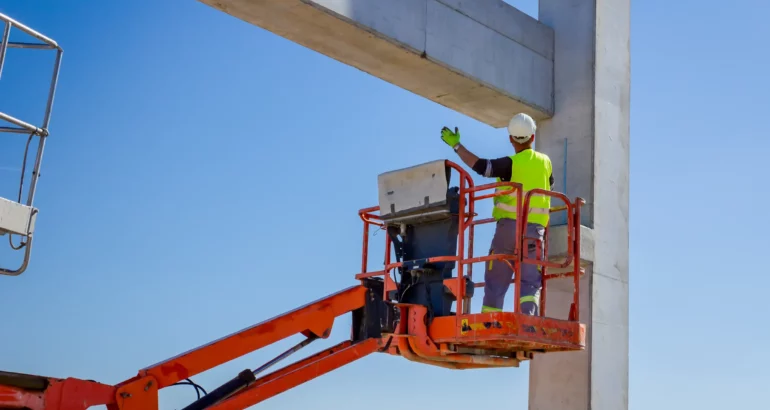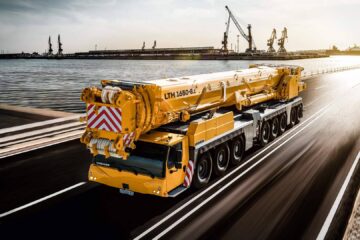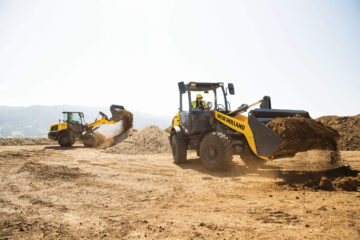Reading Time: 2 minutes
Cranes are often the largest and most powerful equipment on job sites. Their sheer size and strength enable them to lift and maneuver very heavy loads, but they’re complex machines that require proper safety training to ensure the well-being of the construction crew and bystanders.
About 40 construction workers die each year on the job from crane accidents, according to research published by the BLS and OSHA. As a result, cranes above 2,000 pounds are regulated, and operators must be certificated by the National Commission for the Certification of Crane Operators (NCCCO).
Checklist of critical items to monitor before moving a load
- Check first for overhead obstructions such as power lines, trees, structures, etc.
- Verify the load rating for slings, chains and straps meet or exceed the lift’s rating. All slings, straps and chains must have tags identifying the safe working load.
- Understand potential pinching and crushing hazards around the crane and the load landing area. Mark each of these areas with paint or chalk, so they are visible to the construction crew and bystanders.
- Barricade the swing radius surrounding the crane to ensure unauthorized persons do not knowingly or unknowingly enter the pinch point areas.
- Check for proper balance of the load and that all items are clear of the path of travel.
- Follow a lift plan for all critical lifts – make copies of the plan and distribute them to the persons on the job site. Changes and modifications to the plan should be communicated to all relevant team members.
Checklist of critical items to monitor while moving a load
- Never allow crew or bystanders to travel or work beneath a suspended load.
- Keep all persons a minimum safe distance away from the crane while a load is being raised, moved, or lowered.
- Crane operators must keep their focus and attention on the crane when it is in motion—the operator should not talk on the phone or text for unrelated matters.
- A trained signalman is required and the signalman and operator must use common industry hand signals. The crane operator and signalman must be able to see each other and communicate at all times.
- Only one person should operate a lift or give signals at a time unless it is required due to a specific hazardous situation. This prevents conflicting messages that could cause confusion.
- Make use of an air horn to signal a lift is in motion to alert personnel of what’s overhead. It should be loud enough to also alert persons in the general vicinity who might not be watching the crane.
- Never raise a load higher than necessary.
- Never leave a load suspended in the air unattended.









